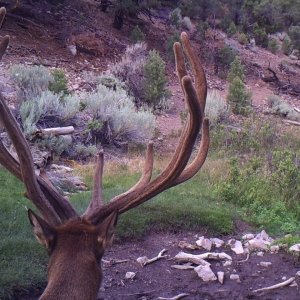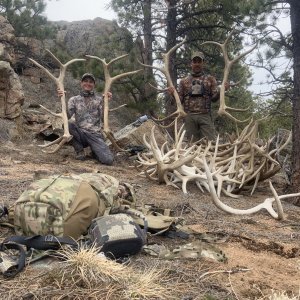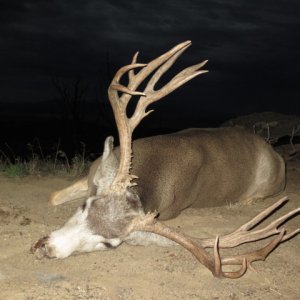FullCurlHunter
Active Member
- Messages
- 171
What is the actual procedure for dipped arrows and wraps in terms to the step by step process used in getting them on the arrow?
Are wraps slipped on with the vanes already on and then shrunk by heat? Are dipped arrows dipped in paint and then you glue the vanes on? (These may be silly questions but I have always used arrows with vanes glued directly on the shaft...)
How much more weight does this add to the arrow on average in each case?
I have also noticed a lot of well known bowhunters going to smaller vanes like 3" to 3.5" vanes rather than the old 5" vanes. Any reason for this, I know smaller vanes are popular with target archers?
Are wraps slipped on with the vanes already on and then shrunk by heat? Are dipped arrows dipped in paint and then you glue the vanes on? (These may be silly questions but I have always used arrows with vanes glued directly on the shaft...)
How much more weight does this add to the arrow on average in each case?
I have also noticed a lot of well known bowhunters going to smaller vanes like 3" to 3.5" vanes rather than the old 5" vanes. Any reason for this, I know smaller vanes are popular with target archers?












